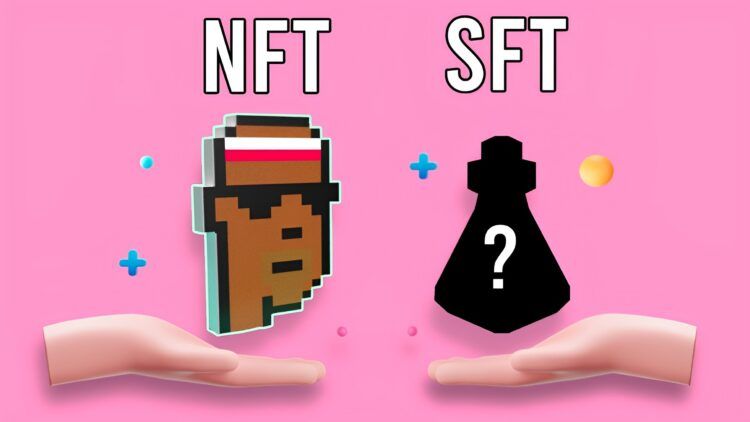With the emergence of a new token form, many crypto fans are wondering about the comparison between NFT vs SFT.
NFTs, or non-fungible tokens, have swept the globe. NFTs are the subject of intense buzz; their prices are setting new records, and they are inundating daily headlines.
Another tokenized asset type is emerging out of the spotlight: semi-fungible tokens (SFT). SFTs are much more adaptable than both fungible and non-fungible tokens, combining the two into one, resolving gaps, and creating new opportunities.
The issue is that SFTs are not as well-known. Learn about both of them in this post and discover their key differences.

What is the difference between NFT vs SFT?
Concerning the comparison between NFT vs SFT, NFTs are digital authenticity certificates linked to any digital piece of data while SFTs overcome the biggest flaws of both fungible and non-fungible tokens by combining their features. To be exact, let’s take a look at each of them individually and then compare NFT vs SFT.
NFTs
NFTs are digital authenticity certificates linked to any digital piece of data. It could be an image, a movie, an audio, etc.
The operative word here is “non-fungible,” which denotes that no NFT may be converted into any other NFT without losing value. Each cinema ticket, for instance, is distinct, notably in terms of the seats and rows; if you swap it for another ticket, the seats will change.
NFTs are not fractional, in contrast to cryptocurrencies. They arrive as a single, unbreakable piece. They might have duplicates, but copies won’t be exactly like the originals in terms of value.
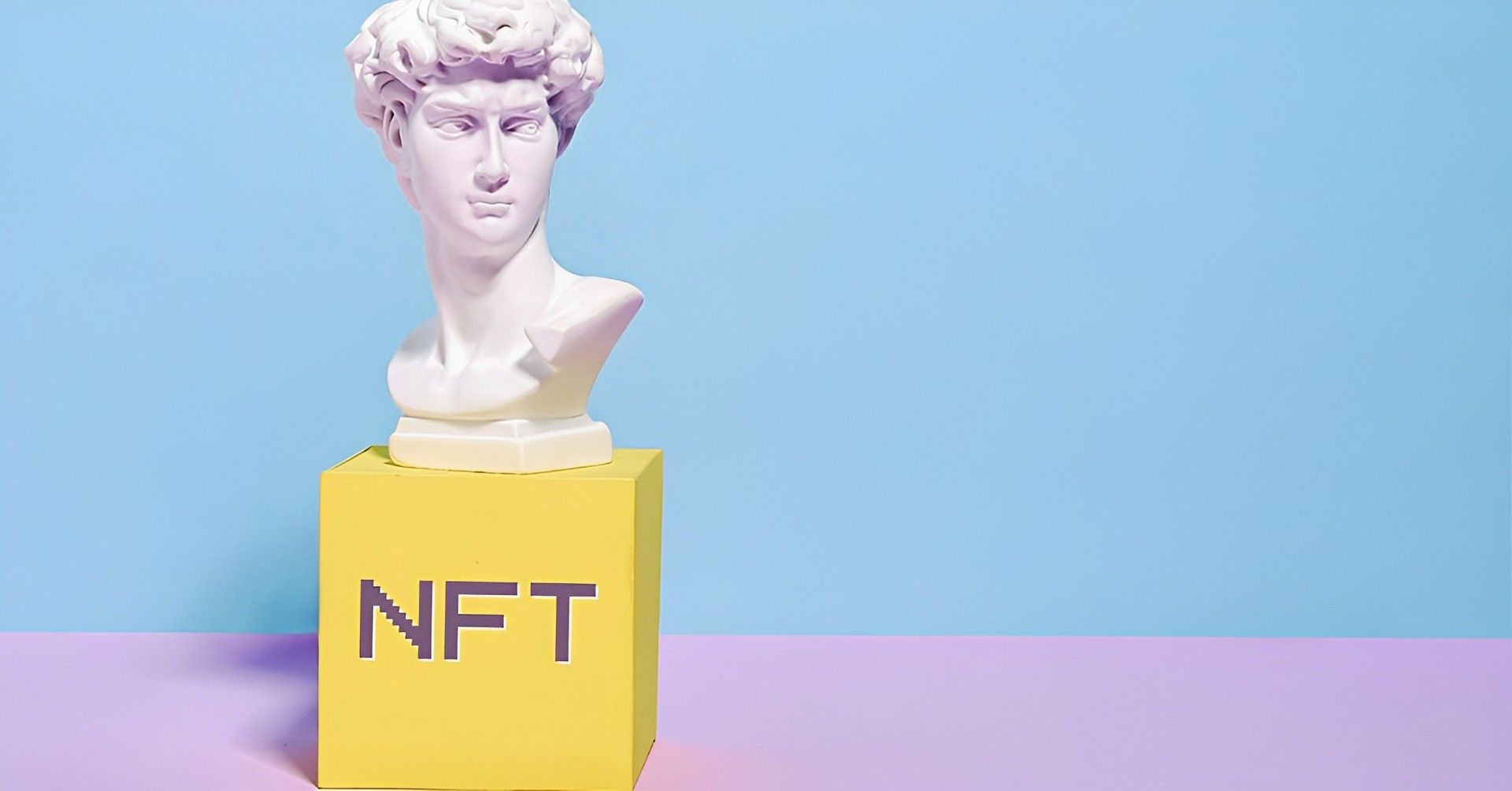
In the blockchain, an immutable digital ledger that captures every transaction, NFTs are created and kept. Each NFT has an authenticity certificate thanks to the blockchain. They cannot be modified, erased, or destroyed. Every time you own an NFT, you also get ownership of its blockchain-based digital record.
ERC-721 Standard
The ERC-721 standard for Ethereum is used to implement the vast majority of NFTs. This is the collection of regulations outlining the attributes and uses of the tokens. The most well-known NFT standard that permits the production and exchange of non-fungible tokens is ERC-721.
The NFT standard tokens are all distinct and unchangeable. It is intended to serve as a collectible; any non-fungible token’s inherent worth is determined by how rare it is.
- Pros
- One of the main benefits of the ERC-721 token standard is that more qualities may be attached to them by producers. One such characteristic is authenticity provenance, which distinguishes NFTs from fungible tokens and makes them unique.
- Cons
- The NFT token standard’s restricted transfer capabilities are a drawback. As each NFT can be transmitted separately, it will take 20 transactions to transfer 20 different CryptoPunk NFTs. This results in more network congestion, higher petrol prices, and higher transaction prices. Not to mention that it takes a lot of time and results in higher CO2 emissions.
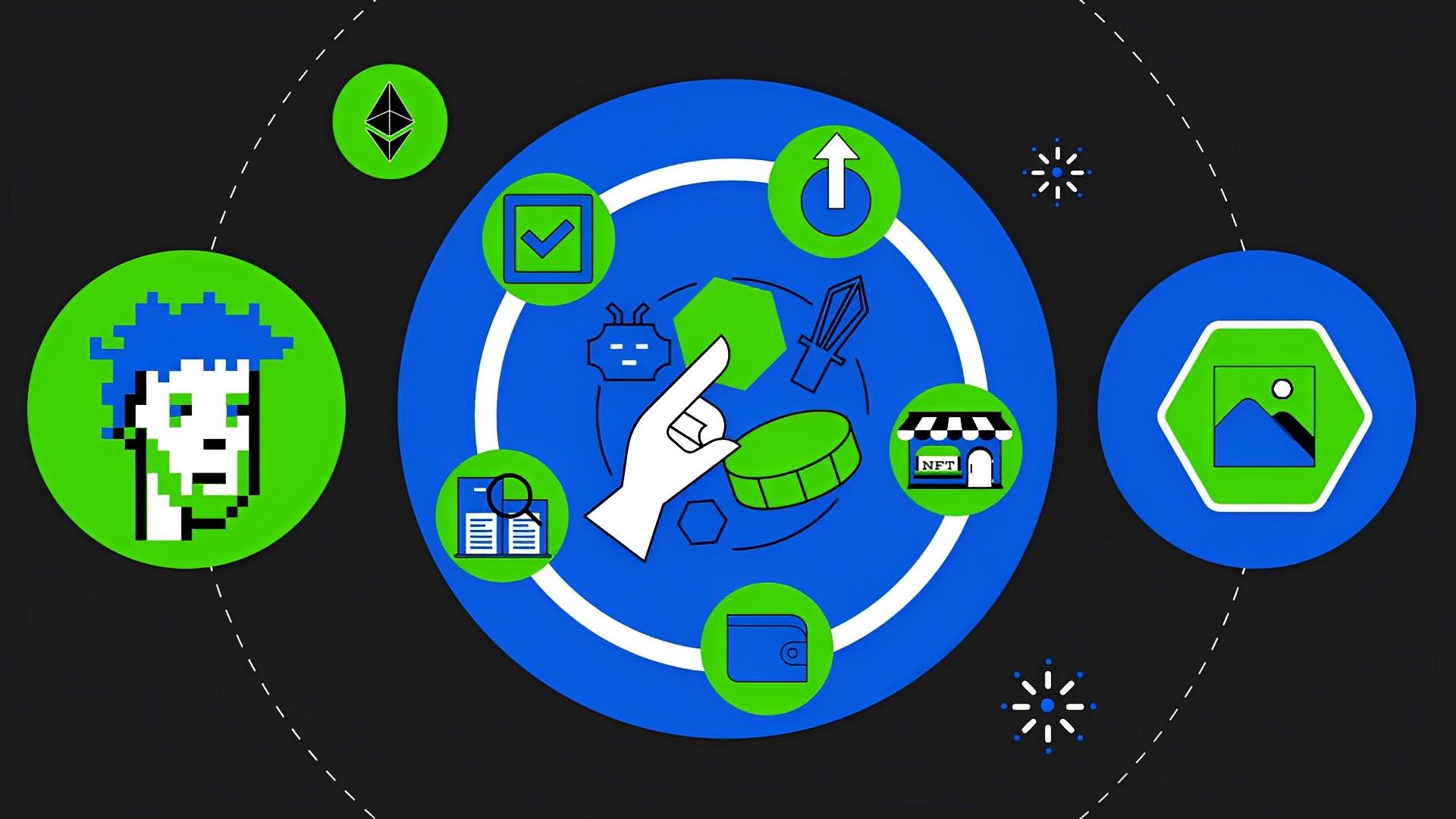
Where are NFTs used?
NFTs are of utmost interest on a global scale. There are many possible uses for non-fungible tokens because anything digital can be tokenized into one. The industries that have adopted NFT the most prominently include those involving art, music, and gaming.
NFTs are emerging as the newest category of speculative assets. They provide opportunities for both artists and gamers (such as a mechanism for them to sell their works directly to consumers or to own and profit from in-game assets), but they are also viewed as a form of investment.
SFT
Semi-fungible tokens (SFTs) strengthen the main flaws of both fungible and non-fungible tokens by combining their best qualities, therefore might gain an upper hand in the NFT vs SFT comparison.
Until they are used, SFTs behave as fungible tokens. Imagine a gift card for a mall to better grasp the idea; since you may trade it for another gift card with the same value, it qualifies as a fungible asset. A gift card loses value and cannot be exchanged for another one at the time it is used or expires. It turns becomes a non-fungible asset at this point.
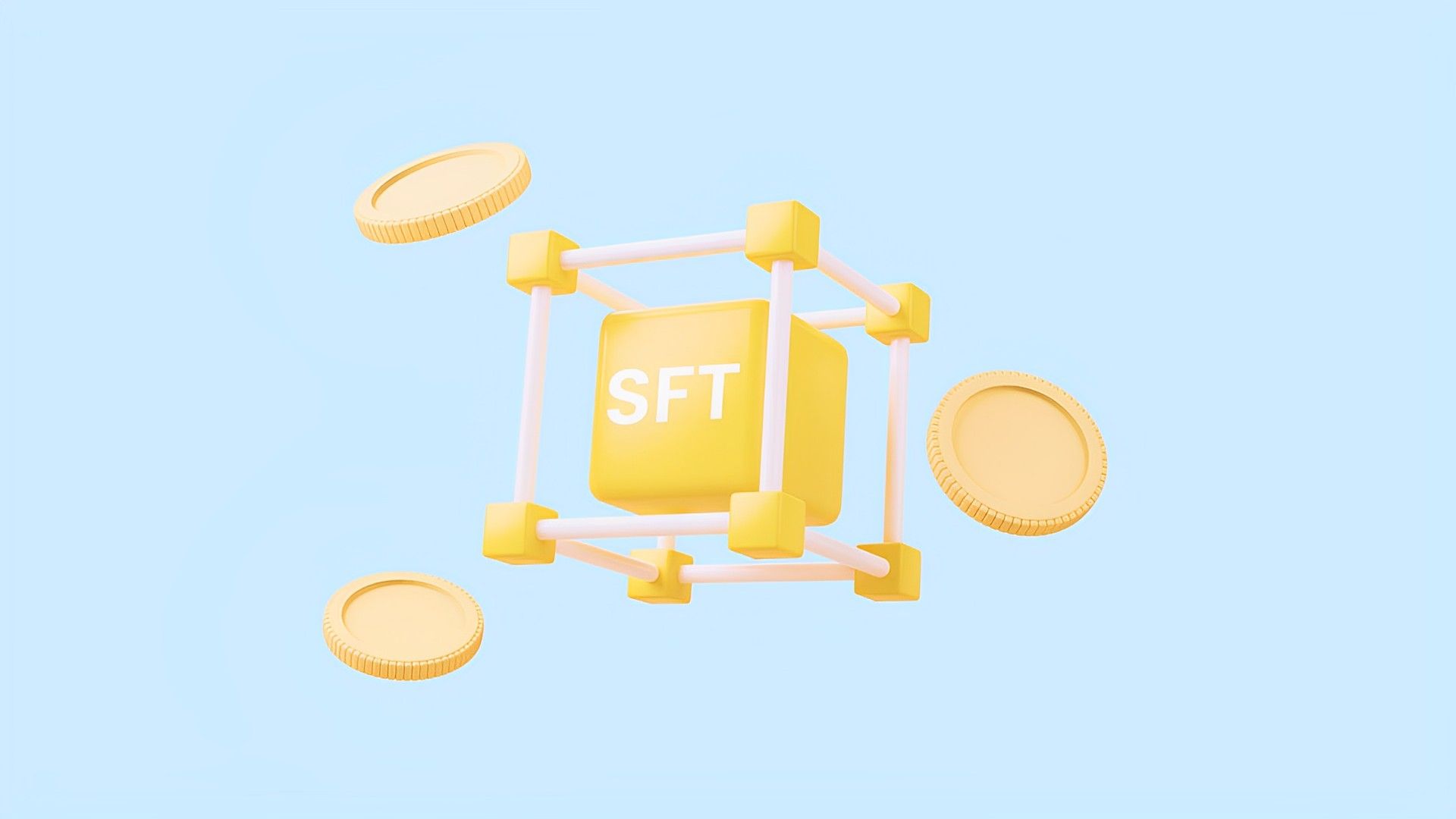
SFTs are an example of the distinctive and adaptable ERC-1155 standard, which permits the development of tokens with a variety of uses. Moreover, an infinite amount of SFT tokens can be governed by a single smart contract.
ERC-1155 Standard
The ERC-1155 standard is the foundation for semi-fungible tokens. This multi-token Ethereum standard permits the creation of tokens with diverse purposes by combining the characteristics of fungible tokens (ERC-20 standard) and non-fungible tokens (ERC-721 standard).
Semi-fungible tokens alleviate the drawbacks of both fungible (ERC-20) and non-fungible (ERC-721) tokens and address compatibility issues across various standard tokens.
The fundamental drawback of fungible tokens is that all transactions are final. You lose your coins permanently if you send them to the wrong address. Without the owner of the wallet’s goodwill, there is little chance of recovering your money.
On the other hand, semi-fungible tokens are based on smart contracts that permit transfer errors. Reversible token transactions to incorrect addresses. If a mistake is made, the sender has the option of getting his tokens back.
With respect to differences between NFT vs SFT, Semi-fungible tokens allow for batch transfers, in contrast to NFTs. Several SFTs can be transferred in a single transaction, which reduces network congestion, gas prices, and costs.
Where do SFTs find use?
Semi-fungible tokens are a fairly new type of token. STFs were developed by Enjin, a blockchain gaming company that primarily serves the gaming sector. And they might be better suited for gaming when it comes to NFT vs SFT comparison.
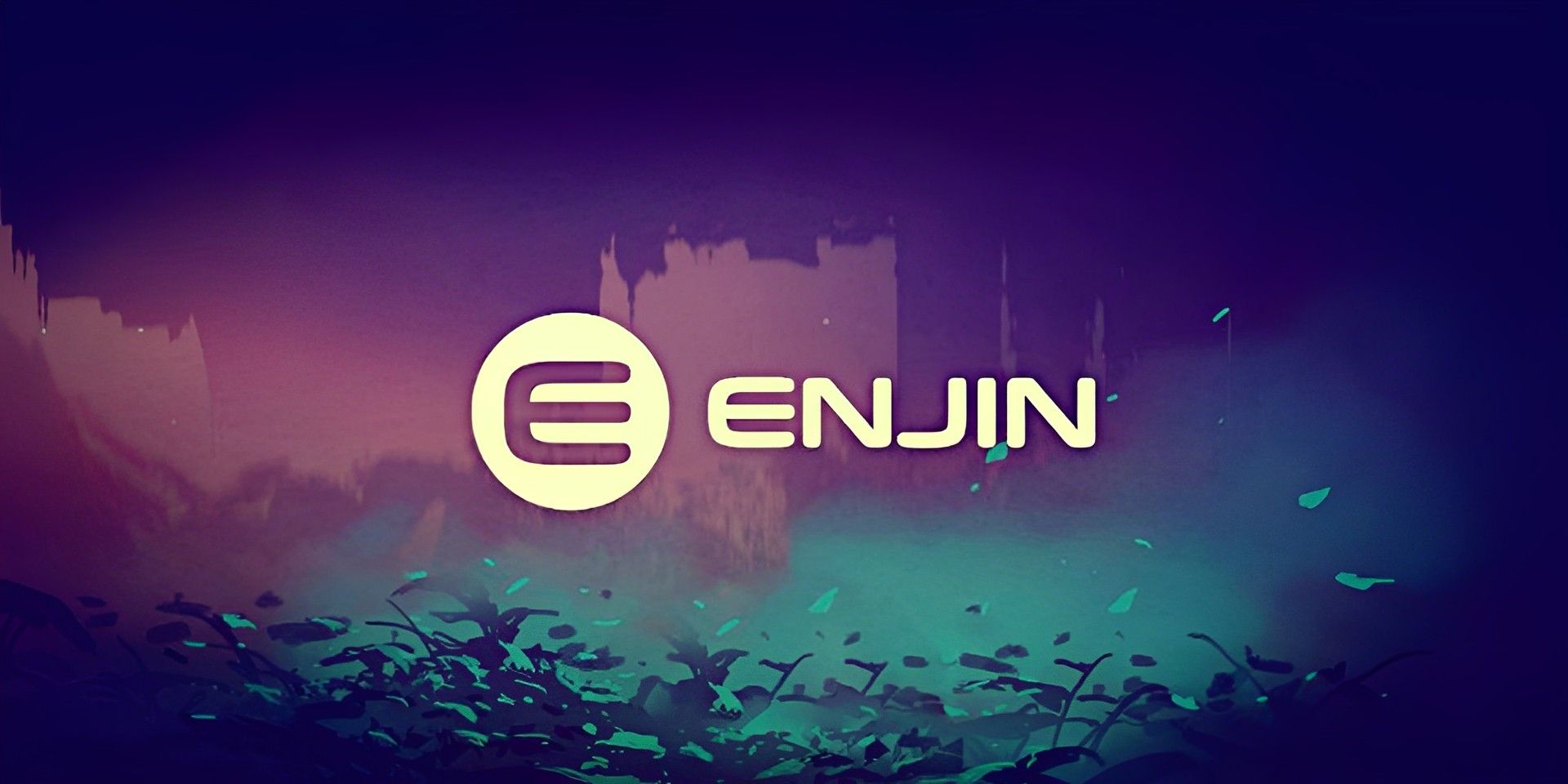
They enable game designers to offer in-game objects with the capabilities of both fungible and non-fungible tokens because they are multifunctional tokens. In the meanwhile, gamers can easily exchange fungible in-game objects for NFTs.
Why should we care?
NFT vs SFT comparison is important because the process of tokenization cannot be undone. Many industries are already being transformed by it, opening up previously unimaginable prospects and bringing about dramatic changes to their operating paradigms.
Without having to recruit intermediaries and pay them for their services, creators can directly access new markets. NFTs can be used as new media by well-known brands to connect with their fan communities. Many players all over the world already profit from the sale of their tokenized in-game assets for real money. Everything is evolving, and we can’t fall behind. If you want to keep track on the NFT and crypto world, make sure to check out the articles below.

